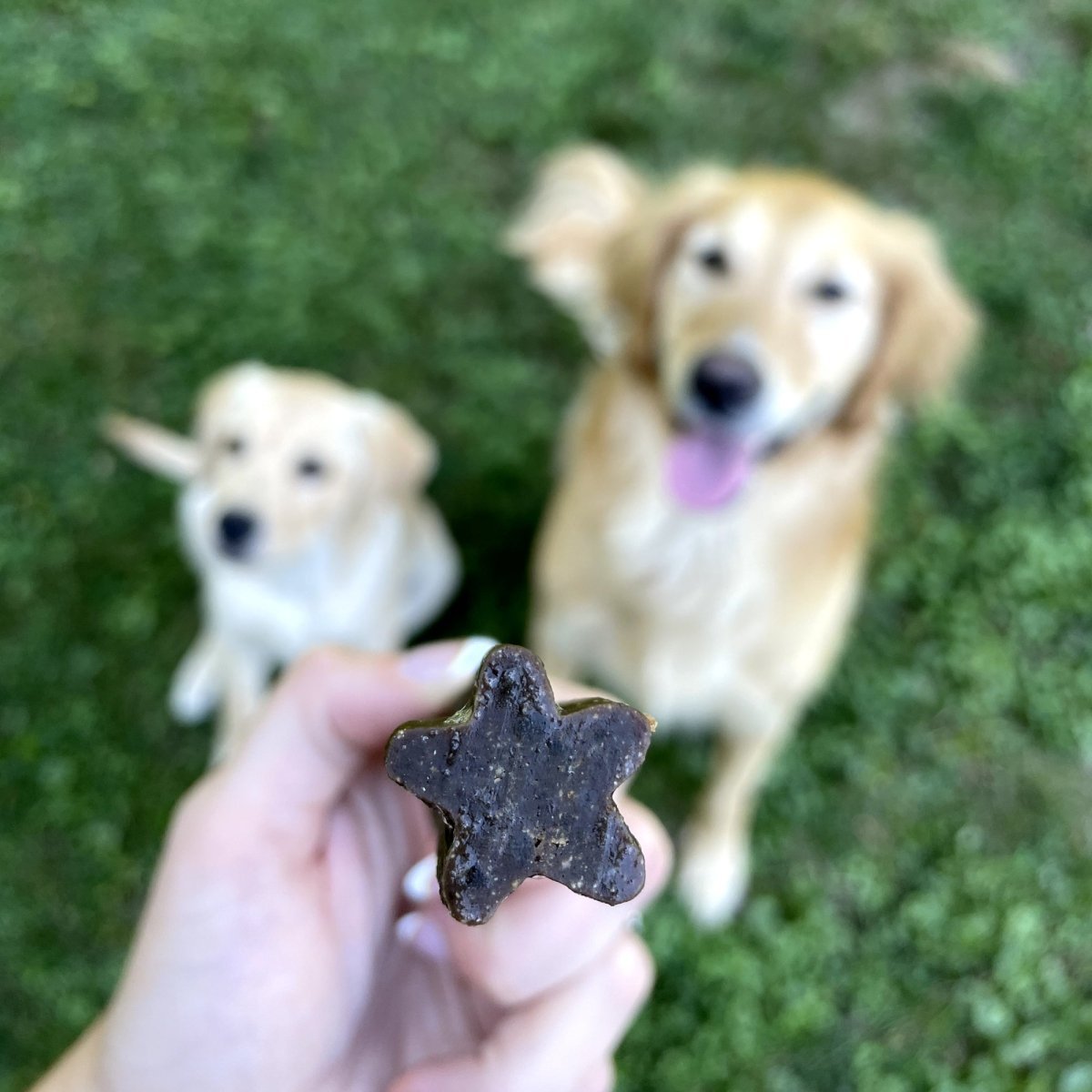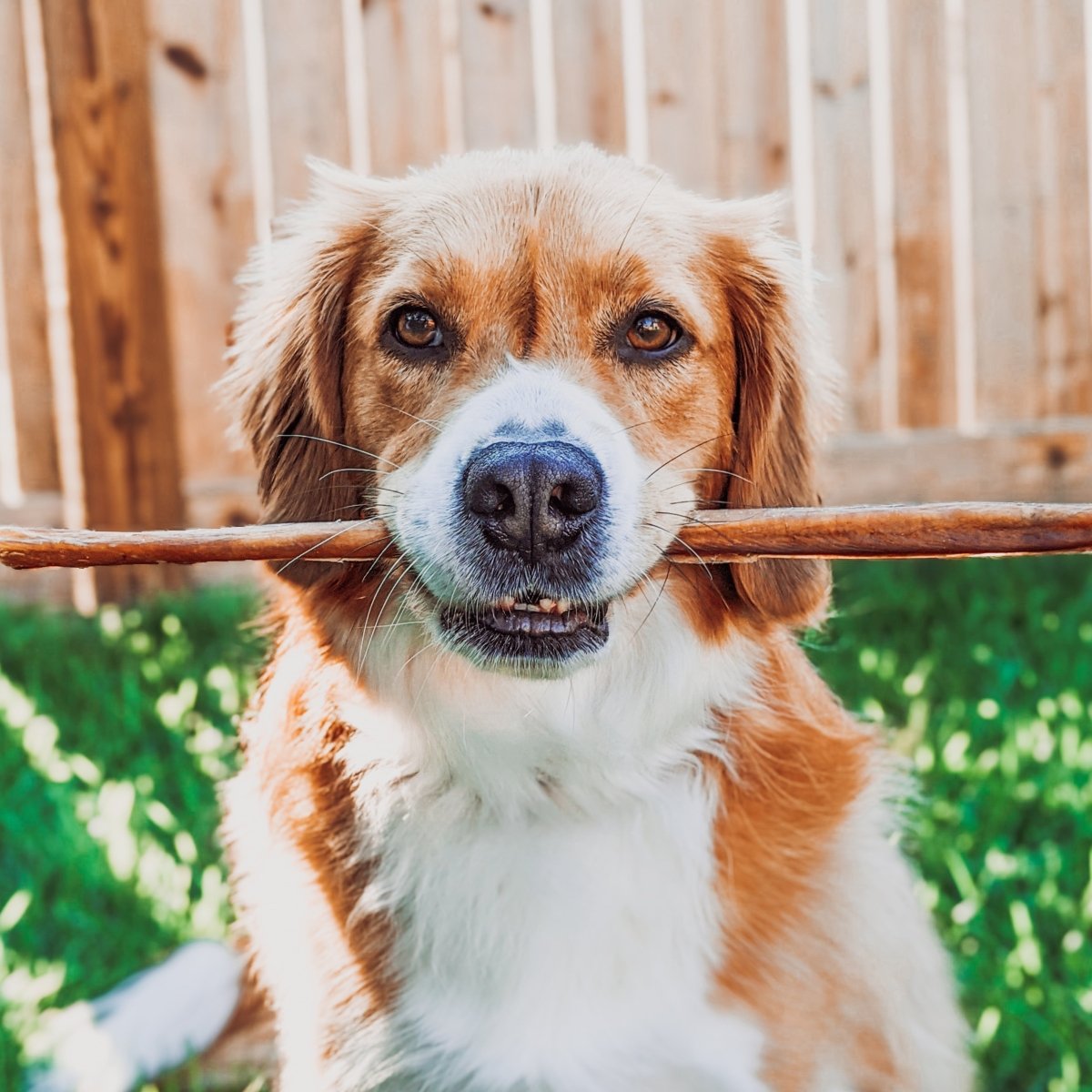
Traveling with your dog can seem intimidating. Whether you’re traveling by car or by plane, there is a bit of prep work involved when bringing along a pet. The key to having a stress-free travel experience with your dog is proper planning. When making travel decisions, it’s important to always choose what is safest and most comfortable for your dog.
Traveling with your dog by car
When it comes to planning a road trip with your dog, there are several don’ts to keep in mind:
Don’t let your dog roam in the car
For the safety of your dog, make sure that when you travel with them in the car that they are in a crate that has been secured to the vehicle using a seat belt or other means. There are some crates that have padding for extra protection. Be sure that your dog has enough room to stand, turn around, and lie down comfortably. Make sure to have water and a toy or a dog chew to keep them occupied.
Crates should be placed on the floor of the back seat or in the trunk, not on the back seat. This will improve stability and can reduce motion sickness for your dog. If you cannot fit a crate in your car and travel with your dog unrestrained, keep in mind that where your dog sits is important.
Dog seat belts and harnesses exist, but they don’t necessarily provide adequate protection in the case of a crash. According to the Center for Pet Safety, not all pet harnesses and seatbelts pass crash testing. In a recent Center for Pet Safety study, the majority of pet harnesses and seatbelts did not meet performance requirements for pet safety, with some causing dogs to fly off the seat.
Don’t let your dog sit up front
Dogs should never sit on your lap in the driver’s seat, as this can be a distraction to you. In some states, such as Hawaii, it is illegal to have a dog sit in your lap while you are driving. The passenger seat is also risky. Your dog may be a distraction as you drive and in the event of a crash, your dog may be injured by the deploying airbags.
Don’t let your dog stick their head out of the window
Your dog might be inclined to stick their head of the window while you drive, but this should be avoided. Your dog may jump out if they are unrestrained.
Don’t travel with your dog in the back of an open pickup truck
Dogs should also never travel in the bed of a pickup truck. Your dog could be injured in a rear collision or could jump out. Just like if they stick their head of the car window, there is also the risk of being hit by passing objects.
Don’t leave your pet alone in the car
Especially on hot days, it’s dangerous to leave your dog unattended in the car. The interior temperature of your car rises quickly and may get too high and cause heat stroke or death. Even if your dog has water, you should never leave your dog in a car unattended.
If you decide to travel with your dog by car, always make sure that you provide them with plenty of stops to go to the bathroom and drink water. Your dog should also wear a collar with an ID tag in the event that they run off.
Traveling with your dog by plane
Traveling with your dog by plane can be uncomfortable for dogs and less safe than driving or other means of travel. Before deciding to fly with your dog, you’ll want to take into consideration the risks. Schedule a visit to your vet before your trip, as certificates of health are typically required before travel. Dogs traveling by plane should be at least 8 weeks old.
Cabin travel
Find out if your dog can travel in the cabin with you. Most airlines allow small dogs in the cabin for an additional fee. Contact your airline in advance, as there are limits to the number of animals allowed in the cabin as well as size and weight restrictions. When traveling with your pet in the cabin, keep the following things in mind:
Cargo hold travel
If your dog is unable to travel with you in the cabin, the airline may have them flown in the cargo hold. While most animals flown in the cargo area of airplanes are fine, it is considered more dangerous than other methods of travel. Some animals are killed, injured, or lost on commercial flights. This can be due to extreme hot or cold temperatures, poor ventilation, or rough handling.
U.S airlines are required to report all companion animal incidents that occur on board and in the cargo hold, so do some research on your airline’s performance record before booking your flight. When traveling with your dog in the cargo hold, here are some things to keep in mind:
—
Want to learn more pet health tips? Check out our blog. And for great deals on all-natural dog chews, visit our website.
Comments will be approved before showing up.

Dental chews keep plaque in check and gums strong. Read here to learn about nature's toothbrush!

Single-ingredient dog chews and treats are crafted using only one whole food source!

Check out our guide on different types of chews to help you decide on the best chew for your dog!